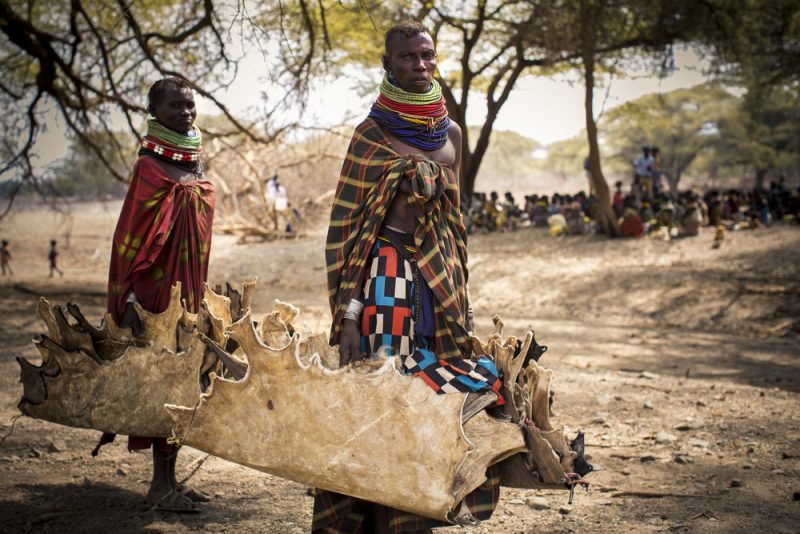Despite continuous government efforts to provide relief food to areas ravaged by the 2016/2017 drought, levels of Global Acute Malnutrition (GAM) in Turkana, Samburu, Mandera, Baringo and parts of Marsabit County remain critical.
Famine Early Warning Systems Network (FEWS NET), the food security advisory arm of the USAID in its September food security update for Kenya reveals that the situation in the counties in question is driven in part by chronic and non-food related factors such as poor child care feeding practices.
Disease prevalence and poverty are also attributed as factors compounding on the situation as evidenced by high number of stunted growth cases reported in these regions.
FEWS NET’s report also reveals that due to previous livestock losses and livelihoods affected by the drought, many poor households are able to meet their minimum food needs but cannot afford essential non-food needs leading to stress.
The report however states that continuous support response programs including provision of relief food, The Hunger Safety Net Programme (HSNP) and cash transfers have yielded fruit in Garissa, West Pokot and many parts of Marsabit County.
“Global Acute Malnutrition in Garissa County has fallen to 13.7% from critical levels in 2017. In Marsabit GAM fell to 12.4% compared to July 2017 while in West Pokot County the overall GAM prevalence was 11%, a significant decrease from 20.4% in 2017,” reads the report.
Parts of Makueni and Lamu and households in Mbeere, Embu County are likely to face stressed outcomes through January 2019 due to below-average food production.
READ: WHY KENYA IS FOOD INSECURE
It is however not all gloom for the country as FEWS NET’s report says that the above-average 2018 March to May long rains have continued to drive food security improvements which will come as a relief to pastoralists.
“Countrywide, the historically above-average long rains have contributed to Kenya’s food security quest. The marginal areas are currently supported by available harvests and are in minimal. Food availability will increase even further, beginning in October, with harvesting from the high and medium-producing areas,” reads the report.
The report states food consumption has significantly improved compared to 2017, with 97 percent of households in Isiolo and 88 percent in Mandera and Wajir with an Acceptable Food Consumption Score (FCS) since the 2016/2017 drought.
SEE ALSO: GOVT UNVEILS SH5.3B PROGRAMME TO ENHANCE FOOD SECURITY
According to the report, 86 percent of households in Garissa, 70 to 71 percent in Turkana and Marsabit, 68 percent in Samburu, and 63 percent in West Pokot had Acceptable FCS.
FEWS NET adds that in marginalised areas this year, income from crop sales remains below normal due to below-average staple food prices.
However the low income generated from crop sales has been offset by higher income from livestock sales due to good livestock body conditions.













2 Comments